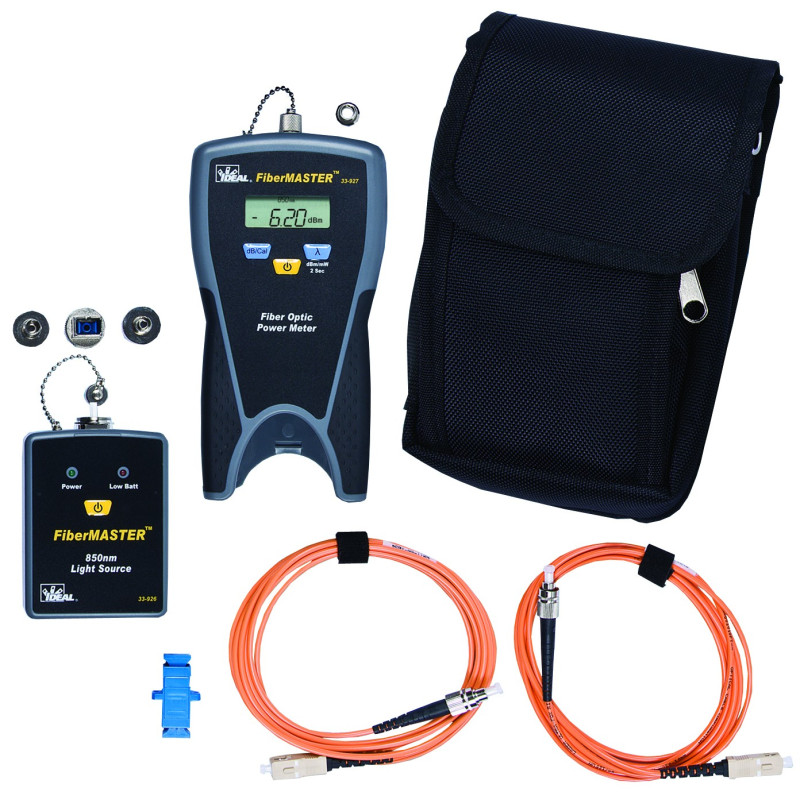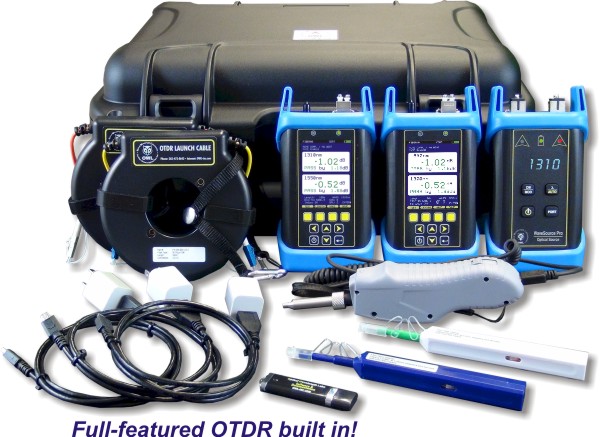Discovering the Impact of Robotic Vision on Modern Manufacturing Techniques and Quality Assurance
Robotic vision modern technology is transforming the landscape of modern-day production and quality assurance. By integrating sophisticated imaging systems and expert system, makers can attain unmatched degrees of accuracy and efficiency. This shift not just maximizes production procedures but likewise addresses important obstacles in keeping item standards. As markets increasingly depend on these advancements, the implications for future manufacturing techniques stay to be completely checked out. What will this suggest for the affordable characteristics of the market?
Recognizing Robotic Vision Technology
Robotic vision technology works as the backbone of automation in contemporary manufacturing. It encompasses making use of video cameras, sensing units, and expert system to allow robots to analyze and reply to aesthetic info from their atmosphere. This technology allows robotics to determine, find, and evaluate things, making them with the ability of carrying out intricate tasks such as setting up, examination, and product handling with precision. The integration of equipment discovering algorithms better improves the capacity of robot vision systems, permitting them to adapt to varying conditions and enhance gradually. By refining images and information in real-time, robotic vision systems can help with faster decision-making and minimize mistakes in producing procedures (robotic vision). This modern technology not only boosts operational effectiveness yet additionally assures that high quality requirements are satisfied constantly. As the manufacturing landscape proceeds to advance, comprehending the complexities of robotic vision modern technology becomes necessary for leveraging its prospective fully
Benefits of Robotic Vision in Manufacturing
Robotic vision innovation uses substantial benefits in production by boosting accuracy and accuracy in jobs such as quality assurance and assembly. This enhanced level of information assurances that items fulfill rigid requirements, decreasing waste and remodel. Furthermore, the integration of robot vision can result in increased production effectiveness, enabling suppliers to maximize their processes and achieve greater outcome rates.
Improved Precision and Accuracy
In modern-day production, boosted precision and accuracy are essential for enhancing manufacturing processes and guaranteeing product top quality. Robotic vision systems enable machines to execute complex tasks with impressive consistency. These systems make use of advanced imaging innovations to spot minute details and variants in materials, components, and finished items. By evaluating visual information in real-time, robot vision considerably reduces human error, causing less defects and better standards. Furthermore, enhanced accuracy in measurements and placing facilitates much better positioning in setting up procedures, which is essential for elaborate styles. Inevitably, the assimilation of robotic vision not just bolsters the reliability of manufacturing outcomes however also promotes self-confidence among consumers regarding product integrity and performance. This accuracy is critical in markets where quality is vital.
Boosted Manufacturing Efficiency

Suppliers are increasingly transforming to vision systems to improve production effectiveness across numerous processes. These advanced systems allow real-time evaluation and tracking, substantially lowering downtime brought on by mistakes or defects. By incorporating robotic vision, companies can automate quality assurance, enabling faster recognition of concerns and reducing the requirement for human treatment. This results in structured process, as robotics can rapidly adapt to changes in production demands without compromising precision. Vision systems promote much better inventory administration by properly tracking components and items, making sure suitable source application. Inevitably, the adoption of robot vision not only enhances performance but additionally adds to higher outcome rates, reduced functional expenses, and improved total productivity in the production field.
Enhancing Quality Assurance Processes
Robotic vision innovation considerably boosts top quality control processes in production by using accuracy inspection strategies. These sophisticated systems help with real-time issue detection, ensuring that items meet rigid high quality criteria. Consequently, manufacturers can minimize waste and enhance total effectiveness.
Accuracy Examination Techniques
Accuracy examination strategies have actually reinvented top quality control procedures in production, making it possible for the detection of minute issues that traditional methods might overlook. These methods utilize advanced imaging technologies, such as high-resolution electronic cameras and laser scanning, to achieve exceptional precision. By making use of robotic vision systems, producers can automate inspection tasks, making sure regular performance article source and minimizing human mistake. The integration of artificial intelligence formulas additionally boosts these systems, enabling them to adjust and boost in time. Furthermore, accuracy evaluation promotes the identification of subtle variants in product dimensions and surface area finishes, which can substantially affect general item quality. Because of this, producers can carry out corrective activities more swiftly, eventually causing decreased waste and enhanced client contentment.
Real-Time Defect Detection
Harnessing sophisticated imaging modern technologies, real-time issue detection transforms quality assurance procedures in production. By incorporating high-resolution cameras and sophisticated formulas, producers can promptly identify abnormalities throughout production. This innovation promotes instant corrective activities, decreasing waste and improving total efficiency. Real-time systems evaluate items as they relocate along the setting up line, ensuring that flaws are discovered and addressed right away production schedules. Furthermore, the implementation of equipment knowing boosts the precision of these systems, allowing them to adapt to new issue patterns in time. Subsequently, makers gain from boosted product top quality and decreased functional costs. Eventually, real-time defect discovery not just streamlines processes but likewise fosters a society of constant enhancement in modern-day production environments.
Real-Time Data Analysis and Decision Making
In the dynamic landscape of production, real-time information analysis encourages systems to make swift, informed choices. By leveraging innovative robot vision innovations, producers can gather and process substantial amounts of data instantaneously. These systems analyze visual inputs to keep track of production procedures, making certain that any deviations from quality requirements are found and resolved quickly. Subsequently, manufacturers can enhance operations by reapportioning resources and readjusting process based on real-time insights.
The combination of data analytics permits for predictive upkeep, where potential equipment failings are prepared for before they interrupt production. This aggressive technique minimizes downtime and boosts overall efficiency. robotic vision. The capacity to make data-driven decisions in genuine time significantly lowers waste and improves item top quality, permitting suppliers to react to market needs promptly. As a result, real-time information analysis not just streamlines production but additionally cultivates a society of continual improvement in modern-day production atmospheres
Difficulties in Applying Robotic Vision Systems
Implementing robotic vision systems in manufacturing offers a variety of obstacles that can prevent their performance. One substantial challenge is the complexity of integrating these systems with existing machinery and workflows. Manufacturers commonly deal with compatibility concerns with tradition devices, resulting in raised costs and downtime. Additionally, the variability in item forms, sizes, and materials can make complex the calibration of vision systems, necessitating comprehensive training and fine-tuning.
An additional obstacle exists in helpful hints processing large volumes of visual information in actual time. High-performance computing sources are essential, which might call for more financial investment in facilities. Furthermore, there is a shortage of proficient employees with the ability of handling and maintaining these sophisticated systems, resulting in prospective functional inefficiencies. Lastly, making sure the dependability and accuracy of robot vision systems under differing ecological problems presents a constant difficulty. Resolving these problems is crucial for taking full advantage of the potential advantages of robotic vision in manufacturing.
Future Fads in Robotic Vision for Production
As developments in expert system and artificial intelligence remain to develop, the future of robotic vision in manufacturing appears significantly appealing. Arising patterns suggest a shift in the direction of great post to read extra sophisticated imaging modern technologies, such as 3D vision systems and hyperspectral imaging, which will improve accuracy in high quality control procedures. Integration with the Web of Points (IoT) will enable real-time information analysis, permitting robot systems to adapt quickly to changes in the production setting. The advancement of collective robots (cobots) outfitted with sophisticated vision capacities is anticipated to assist in smooth human-robot interactions, enhancing performance and safety and security on the manufacturing facility floor. Additionally, the unification of side computing will empower robotic vision systems to refine data locally, minimizing latency and enabling faster decision-making. These advancements will not just simplify manufacturing procedures however also substantially improve item top quality, placing robot vision as a cornerstone of future industrial operations.
Frequently Asked Concerns
How Much Does Robotic Vision Technology Normally Cost?
Robotic vision innovation commonly costs in between $10,000 and $100,000, depending on the intricacy and requirements. Aspects influencing rate include sensor quality, software capacities, and combination requirements, making it important to analyze particular project requirements.
What Industries Are A Lot Of Affected by Robotic Vision Innovations?
Robotic vision developments considerably impact industries such as manufacturing, automotive, electronic devices, and food handling - fibre testing equipment. These industries gain from enhanced automation, improved quality assurance, and increased performance, leading to streamlined operations and minimized labor prices
Can Robotic Vision Equipments Be Integrated With Existing Equipment?
Robotic vision systems can indeed be incorporated with existing equipment. This combination enhances operational performance, enabling suppliers to leverage advanced modern technologies without the demand for total overhauls, consequently enhancing production procedures and preserving high quality criteria.

What Skills Are Called For to Operate Robotic Vision Equipments?
Running robot vision systems demands proficiency in programming, an understanding of device understanding, expertise of photo handling techniques, and the ability to repair hardware and software program concerns, making certain seamless combination and ideal performance within manufacturing settings.
Exist Any Security Worries With Robotic Vision in Manufacturing?
